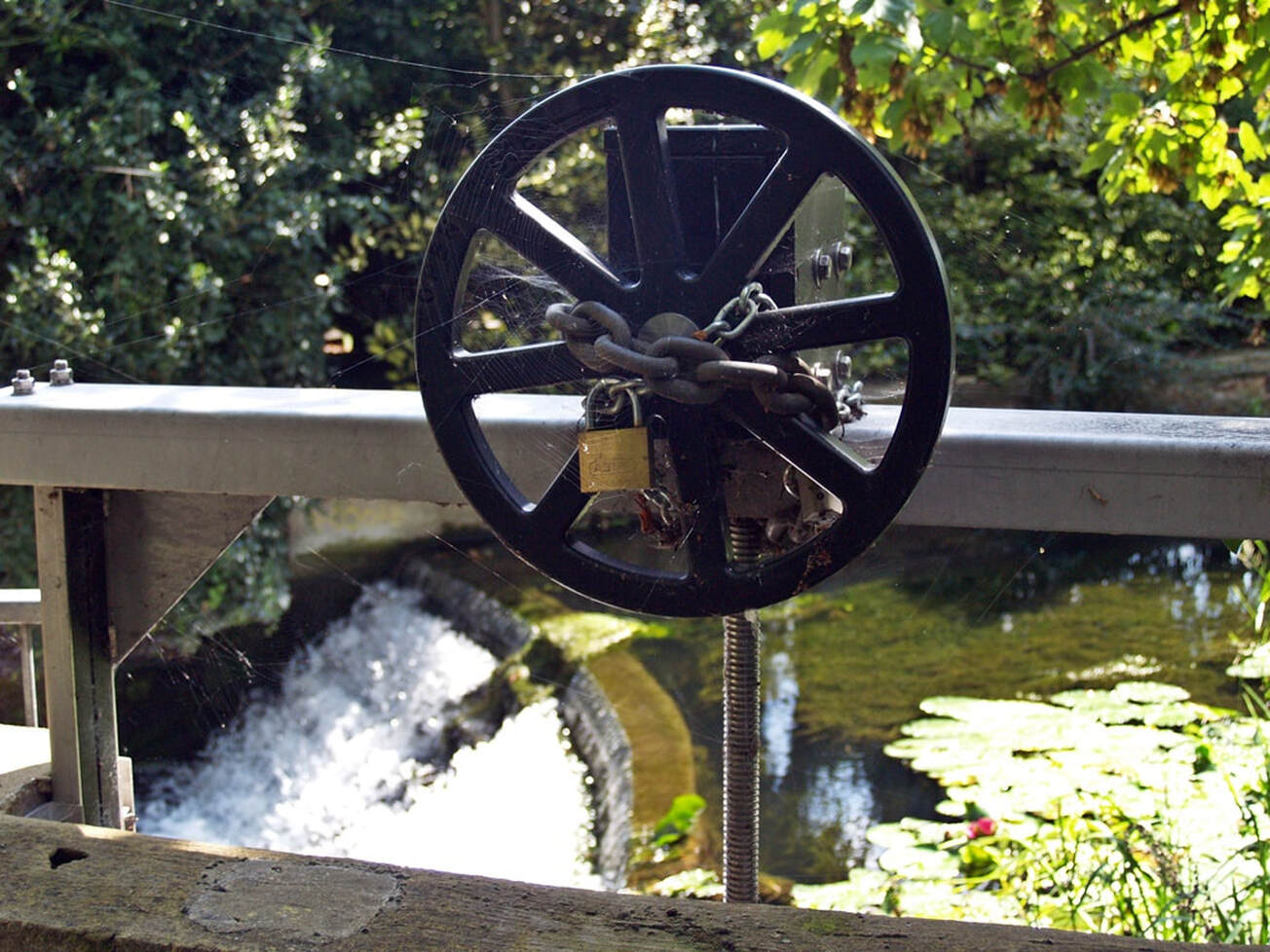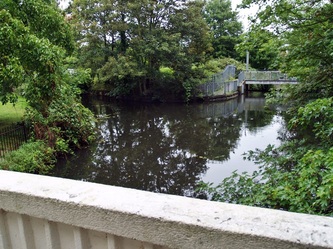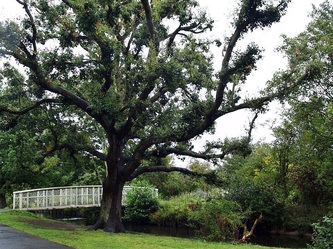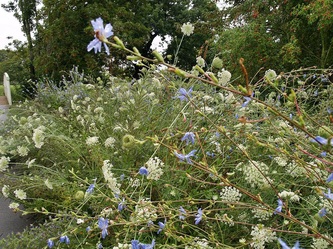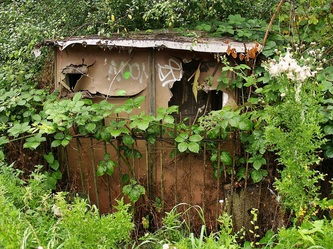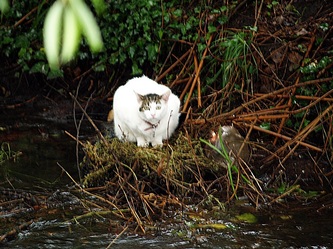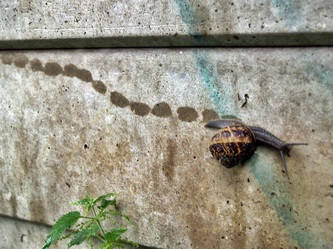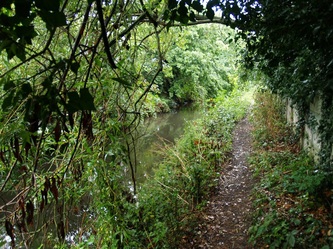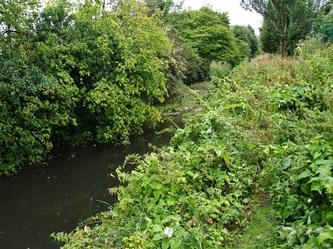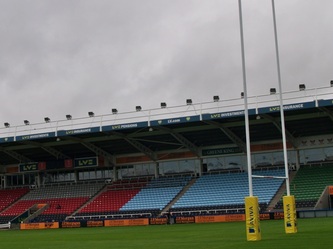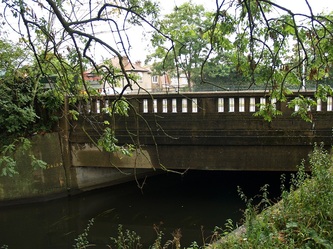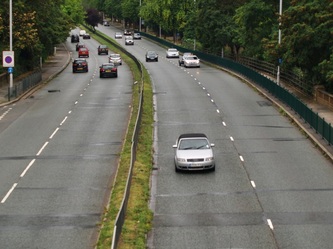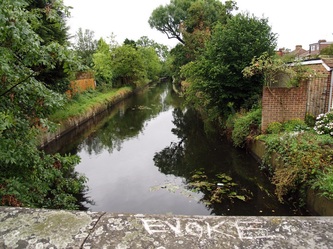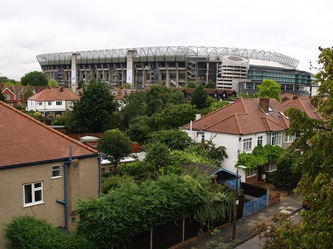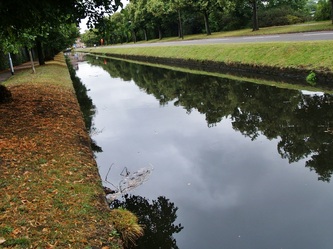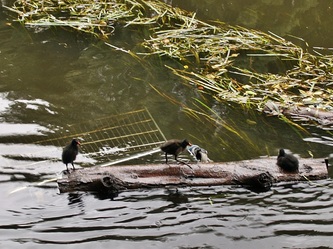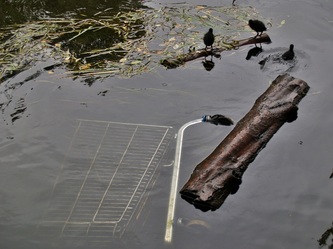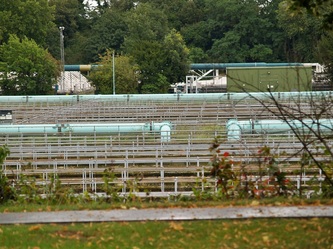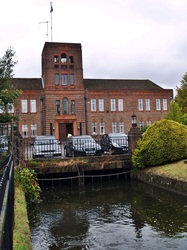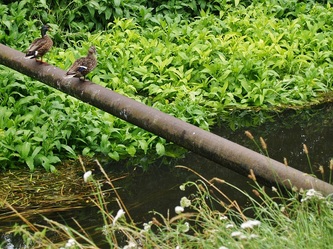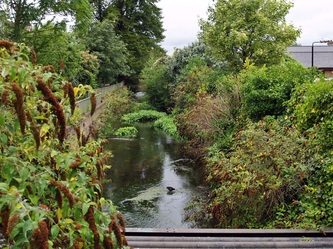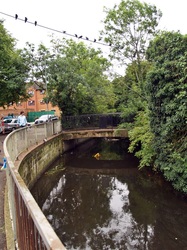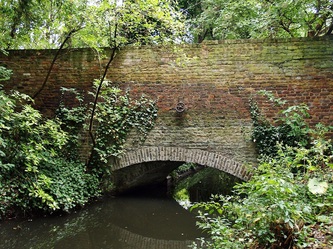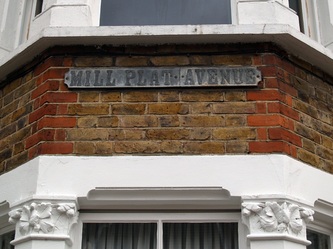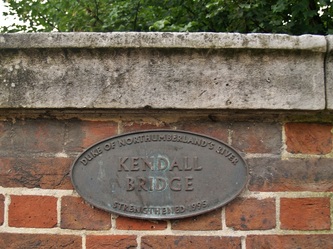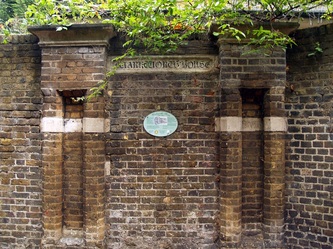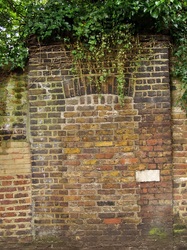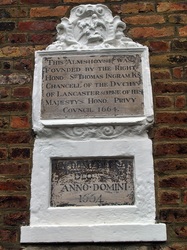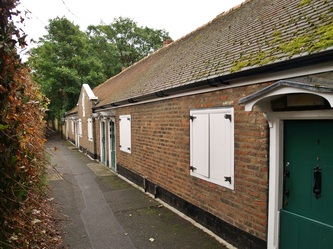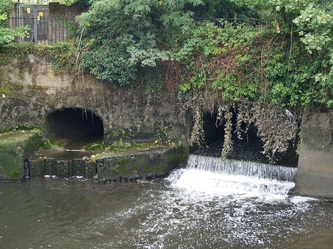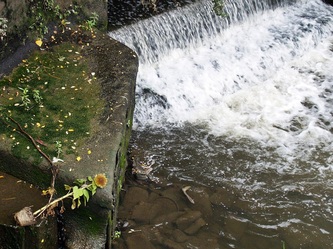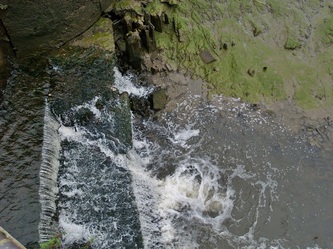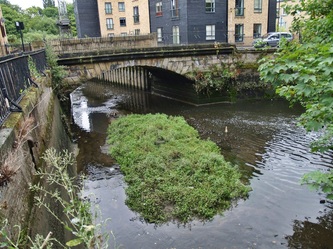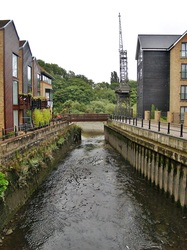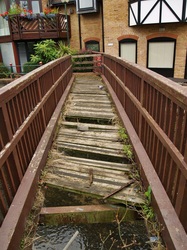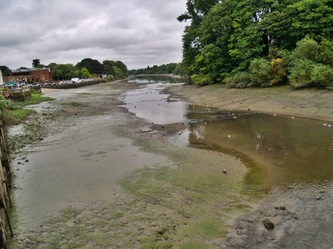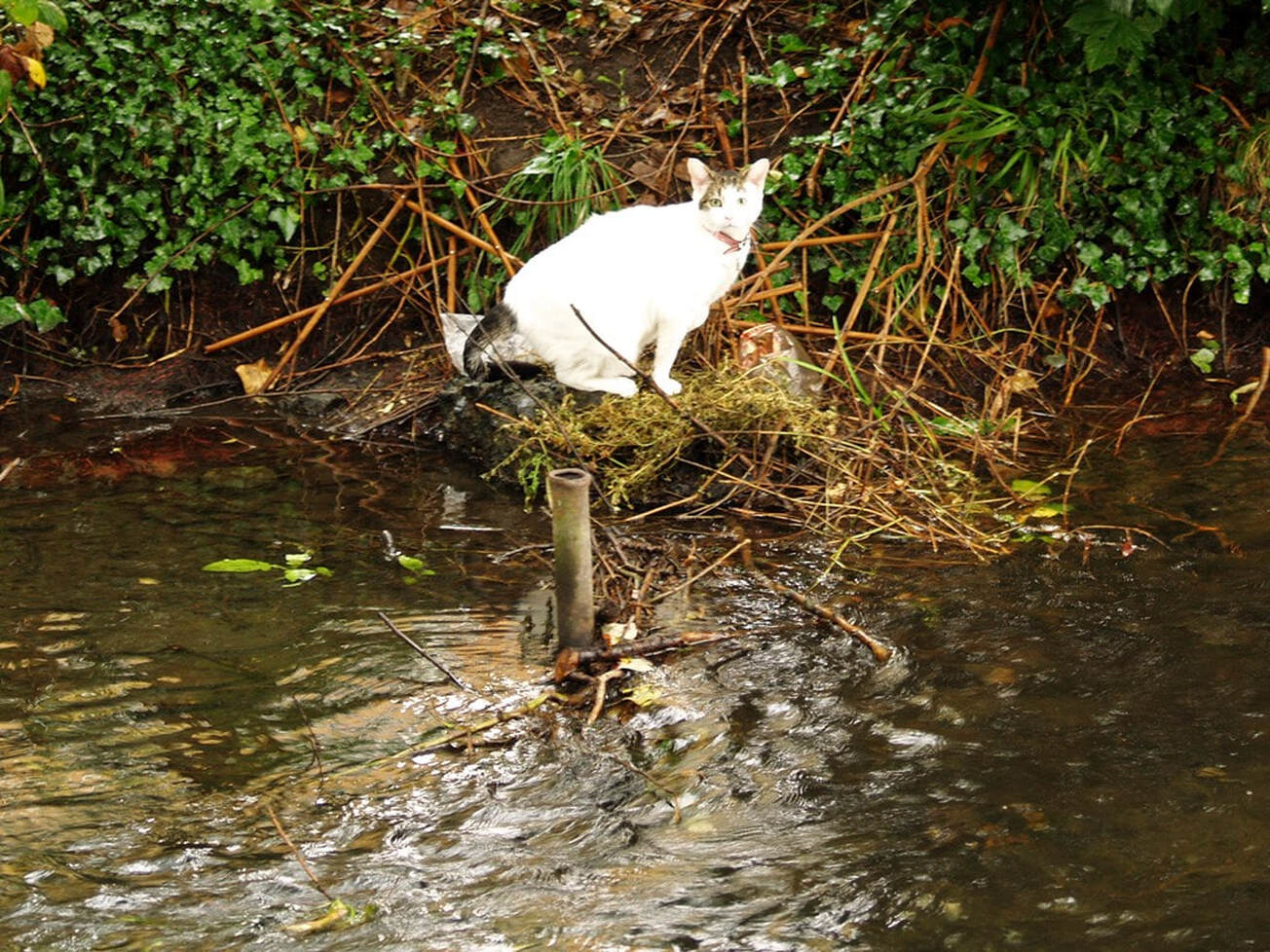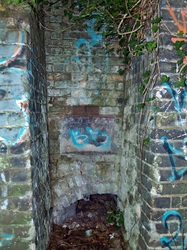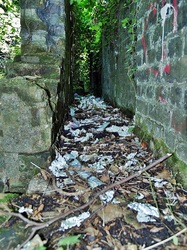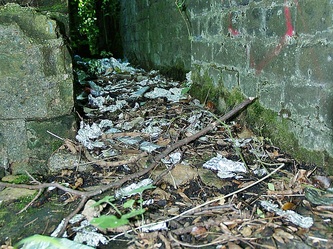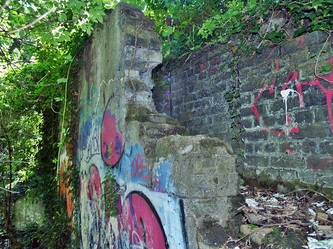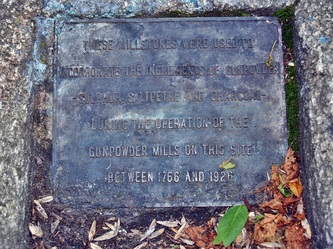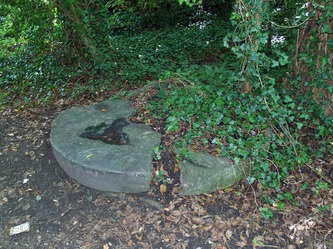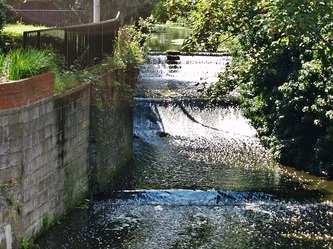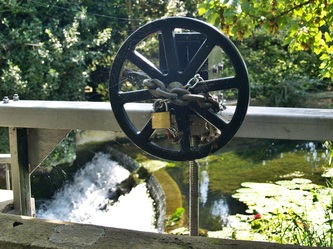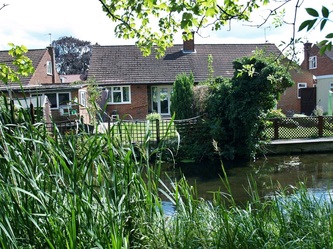London's Lesser Known Rivers - Duke of Northumberland's River
The Duke of Northumberland's River consists of two sections of artificial waterway in SW London. These artificial channels were dug in Tudor times.
The Eastern Section
The eastern section diverts water from the River Crane in Whitton near Twickenham, north-eastwards past two rugby stadiums (The Stoop and Twickenham Stadium), past a large sewerage works, through Isleworth, originally to the Mill then onwards to supply the ornamental ponds in the Duke of Northumberland's estate at Syon Park. Sluices control the flow into the park and the Thames. Over the years the river has provided water for local mills producing flour & calico.
The river was once part of the Syon Abbey Estate which after the dissolution of the monasteries in the time of Henry V111 eventually became the property of the Dukes of Northumberland. The river was purchased from the Duke of Northumberland by Middlesex County Council in 1931.
The Eastern Section
The eastern section diverts water from the River Crane in Whitton near Twickenham, north-eastwards past two rugby stadiums (The Stoop and Twickenham Stadium), past a large sewerage works, through Isleworth, originally to the Mill then onwards to supply the ornamental ponds in the Duke of Northumberland's estate at Syon Park. Sluices control the flow into the park and the Thames. Over the years the river has provided water for local mills producing flour & calico.
The river was once part of the Syon Abbey Estate which after the dissolution of the monasteries in the time of Henry V111 eventually became the property of the Dukes of Northumberland. The river was purchased from the Duke of Northumberland by Middlesex County Council in 1931.
The Western Section
This section diverts water from the River Colne at Harmondsworth (just west of Heathrow Airport) flowing eastwards to the River Crane. For a large part of its early course, it flows alongside its younger "twin", the Longford River. The section past Heathrow was diverted south in 1944 when Heathrow Airport was constructed. Both rivers have recently been diverted as part of the Twin Rivers Diversion Scheme associated with the construction of Terminal 5. They skirt the western and southern perimeter of Heathrow Airport then separate at The Two Bridges in Bedfont, southeast of Terminal 4. The Duke's River then flows east to join the Crane in Donkey Wood, by Baber Bridge in North Feltham, west of Hounslow Heath.
This section diverts water from the River Colne at Harmondsworth (just west of Heathrow Airport) flowing eastwards to the River Crane. For a large part of its early course, it flows alongside its younger "twin", the Longford River. The section past Heathrow was diverted south in 1944 when Heathrow Airport was constructed. Both rivers have recently been diverted as part of the Twin Rivers Diversion Scheme associated with the construction of Terminal 5. They skirt the western and southern perimeter of Heathrow Airport then separate at The Two Bridges in Bedfont, southeast of Terminal 4. The Duke's River then flows east to join the Crane in Donkey Wood, by Baber Bridge in North Feltham, west of Hounslow Heath.
Here are a few images of the western section taken from near the junction with the River Crane in North Feltham. I will, at some point, get round to walking the rest of the way to Harmondsworth.
The Duke of Northumberland's River can be described as a distributary of the Colne and a tributary of the Crane; it is also a distributary of the Crane and a tributary of the Thames.
